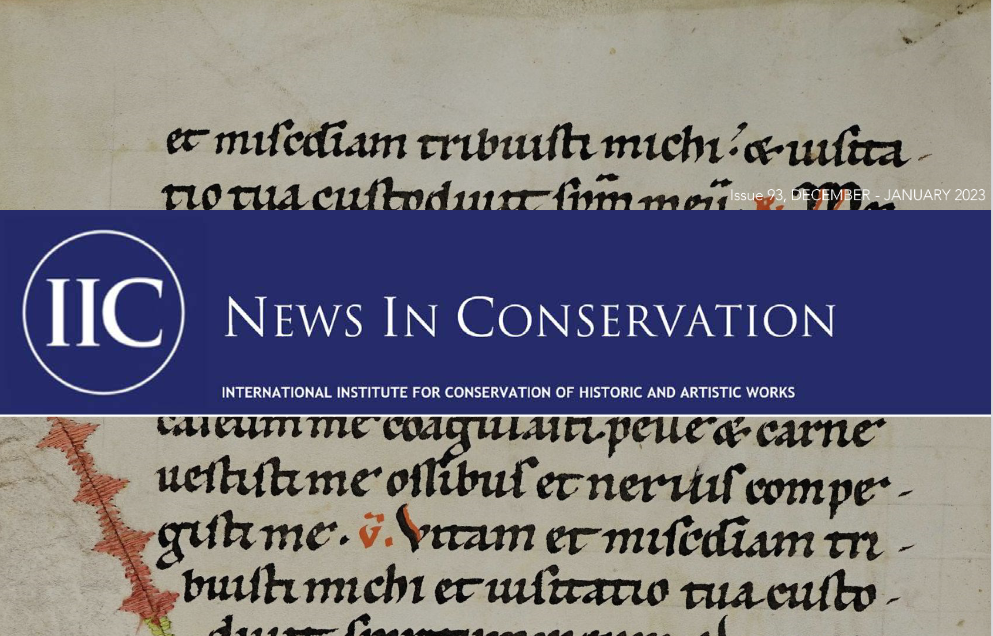
Calculating the greenhouse gas emissions of the central depot of the Kunsthistorisches Museum, Vienna
By Tanja Kimmel
Museums are important actors in the fight against climate change. In order to limit global warming to a maximum of 1.5° Celsius in accordance with the Paris Climate Agreement, they are required to reduce their carbon footprint to contribute to climate protection. The first step in reducing the green house gas emissions is to understand and quantify them.
The acquisition and analysis of an organisation´s emissions is performed by means of a CO2 balance; this evaluation identifies relevant fields of action, indicates the saving potential and enables a proritisation of further procedures. In the museum sector, the creation of climate balances is something completely new. The first initiatives in the German-speaking regions have focused on the museum as exhibition location.
As part of her dissertation, the author launched a pilot project with the Kunsthistorisches Museum Vienna (KHM) in which, for the first time in Austria, the CO2 emissions of an art depot were determindes scientifically during ongoing operation. Completed in 2011 on the outskirts of Vienna, the building comprises around 14,000 m2 of floor space. It houses the majority of the KHM´s collection in accordance with contemporary standards. The Competence Center for Climate Change at the University of Natural Resources and Life Sciences, Vienna (BOKU) supports the project partners with its expertise.
For the data collection, BOKU provided a generally applicable CO2 calculation tool, which shall also be used in further museum greenhouse gas calculations in the future. Given the exceptional pandemic realated years, 2020 and 2021, the year 2019 was chosen as a representative reference year. After defining the accounting framework, all relevant emission sources of the depot werde identified which, according to the three scopes of the three scopes of the Greenhouse Gas Protocol, arise from both the museum´s organization itself and from supplied services. Further, the availability and quality of the data were verified.
The poster presented at the IIc Wellington Congress 2022 shows the first results of the CO2 balance. The aproximated 67 tons of CO2 equivalent which occured in 2019 are further categorised as 5% for Scope 1 (direct GHG emissions), 71% for Scope 2 (energy-related indirect GHG emissions) and 24% for Scope 3 (other indirect GHG emissions). As the electricity consumption represents the major emission sources, possible CO2 reduction methods, such as switching to UZ 46 certified green power or installing a photovoltaic system, are discussed.
Almost 10 years after the depot was commissioned, the museum was given a well-founded data basis on its climate-damaging emissions. Based on this pilot study, the museum can now set up a GHG balance idependently and update it periodically. It thus has the tools for a CO2 roadmap to accomplish climate neutrality (or compensations), fullfills its part to make Vienna a „climate metropolis“ by 2040 and assumes a pioneering role in the Austrian museum sector.
The author would like to thank the BOKU Competence Centre for Climate Change, the KHM – in particular the building management and building projects department – as well as the supervisors of the dissertation for their support.
Quelle: https://www.iiconservation.org/system/files/publications/journal/2022/b2022_6.pdf


